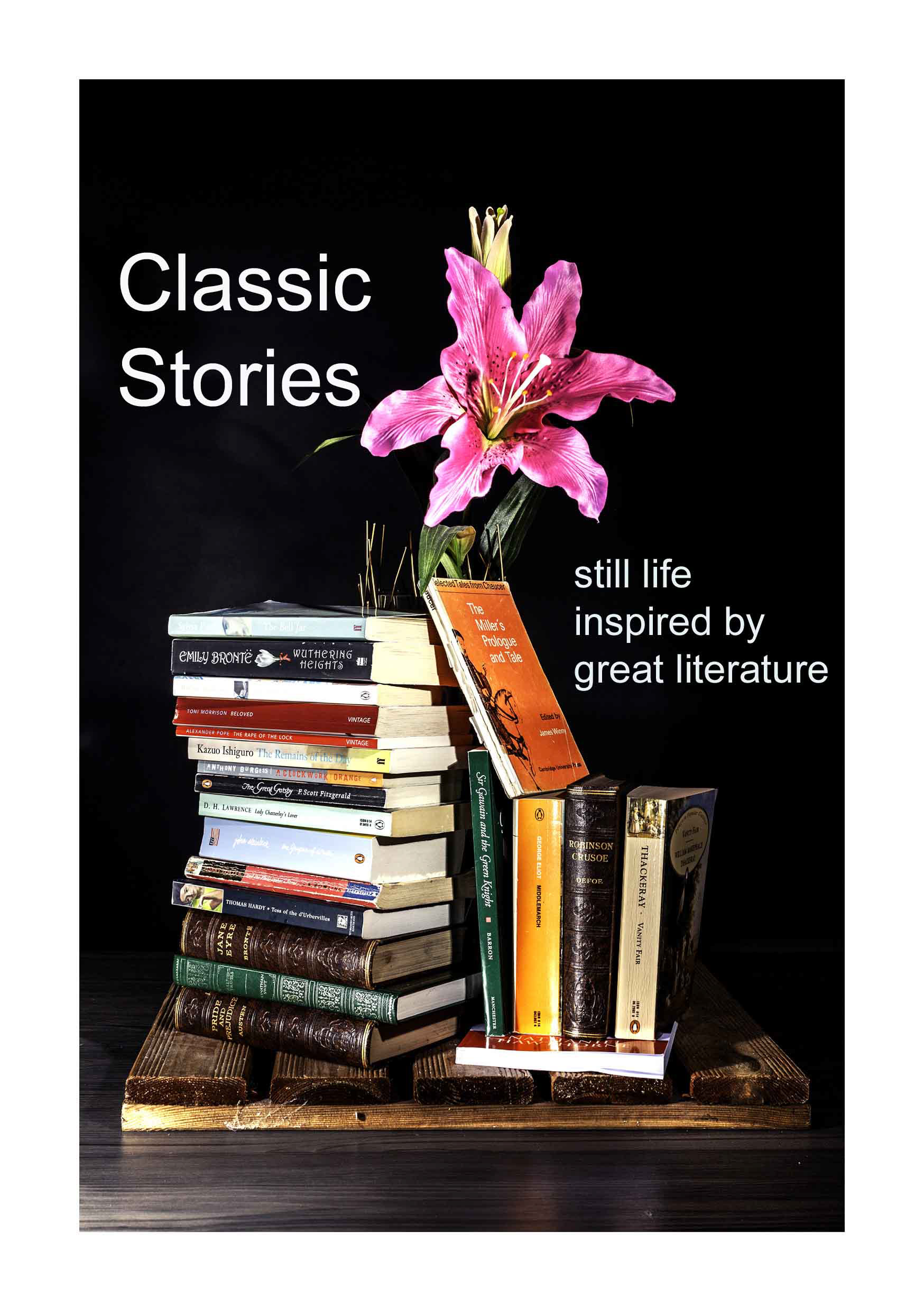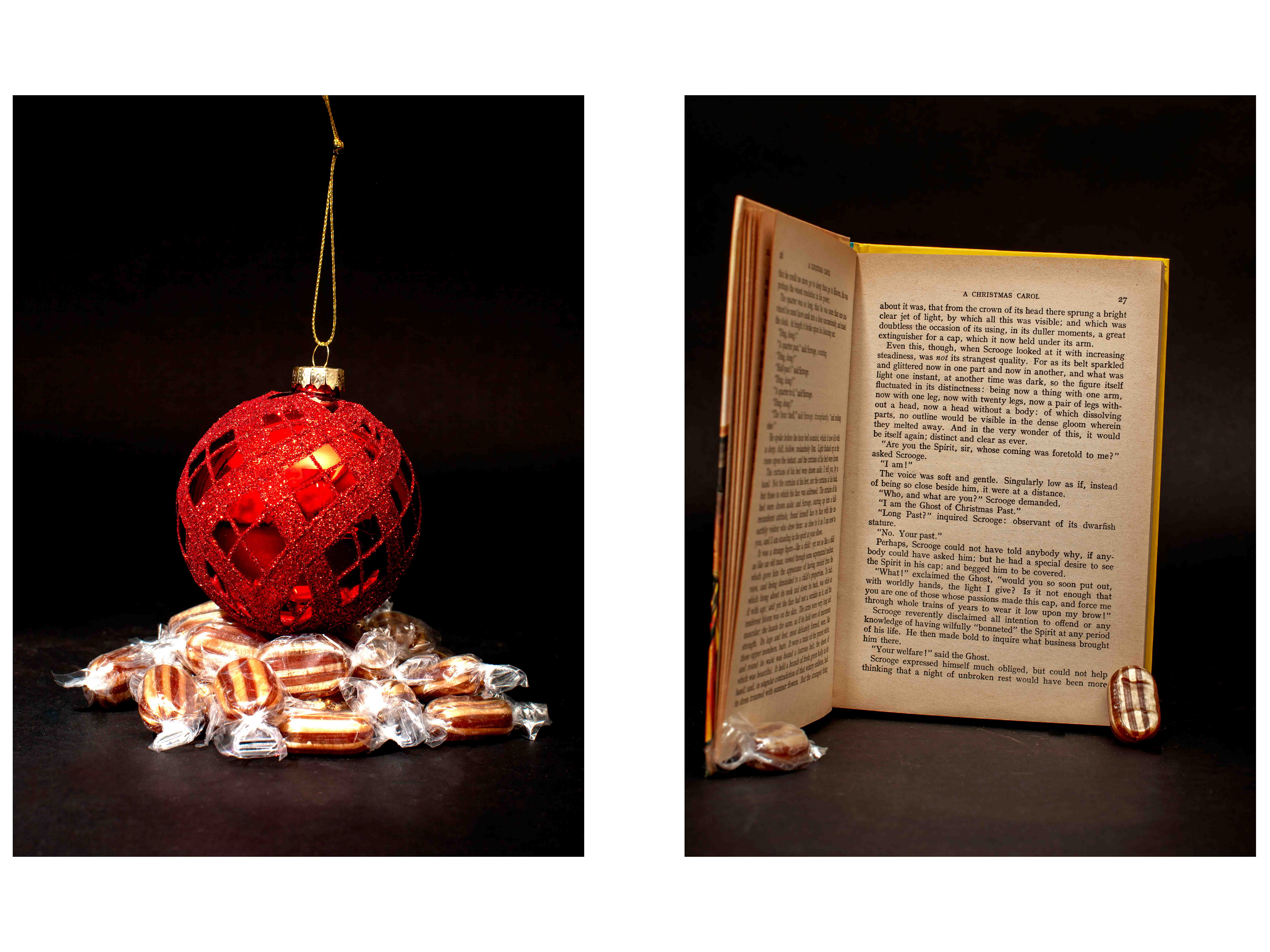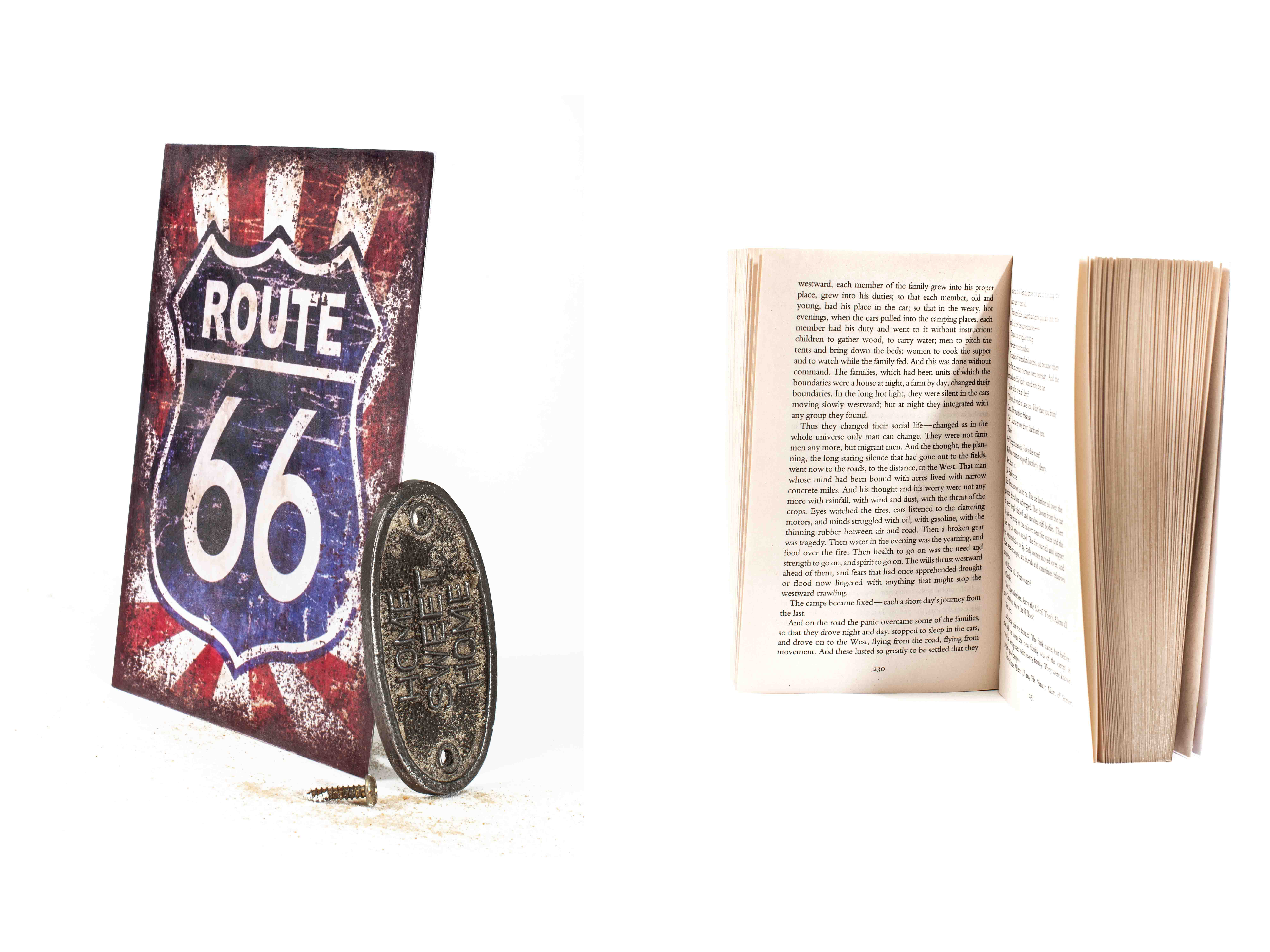If we say that something that we own has ‘sentimental value’ we mean that it has a meaning personal to us; it evokes memories, perhaps of a relationship with a loved one, perhaps of times gone by. The object has taken on a profound symbolic status beyond its superficial meaning.
In many cases, stories describe and include objects that have a significance that goes beyond their basic meaning. The letter ‘A’ embroidered onto the clothes of Hesther in Nathaniel Hawthorne’s novel ‘The Scarlet Letter’ symbolises Hesther’s sin of adultery, according to the townsfolk.
In the Harry Potter series, the scar on Harry’s head has been the subject of much discussion. What is its significance? What does it symbolise? Harry’s enmity with and defiance of Lord Voldemort, perhaps? Or is it a sign that he is different – the chosen one, the boy who lived? Or does the lightning shape of the scar suggest Harry’s Powers?
Perhaps we sometimes fall into the trap of reading too much into the meaning of objects. The Middle English poem, Sir Gawain and the Green Knight is heavy with images and colours that may be symbolic. We do not even know who wrote the poem, let alone what he meant by each object. But the repeated use of the colour green leads us to try to interpret the poet’s intentions in choosing that colour.
And the poet cleverly edits episodes of boar, deer and fox hunting into the narrative when Sir Gawain is being ‘pursued’ in his bedroom by the lady of the castle. The similarities lead us to make comparisons between the separate events of the story, so that a fox, a hound, a kiss all have meanings beyond their simple signification.
Towards the end of the story, the lady gives Gawain her green girdle to protect him from the Green Knight. It works, but it revealed Gawain as a deceitful knight, and the Knights of the Round Table agree to wear a green girdle from this time on… as a symbol of the lesson learned by Gawain.













